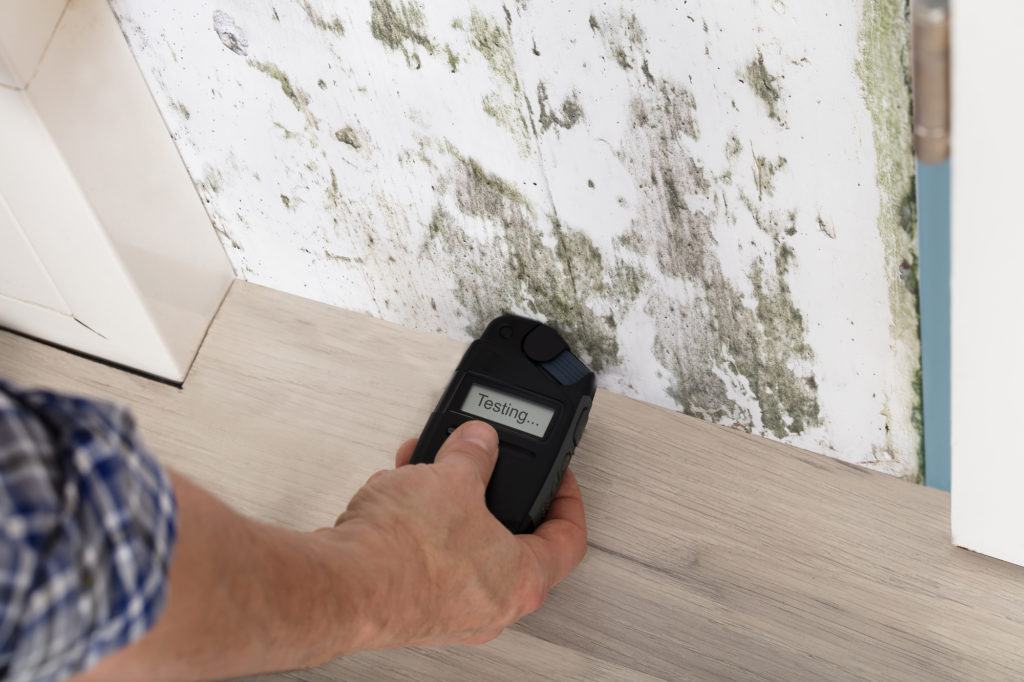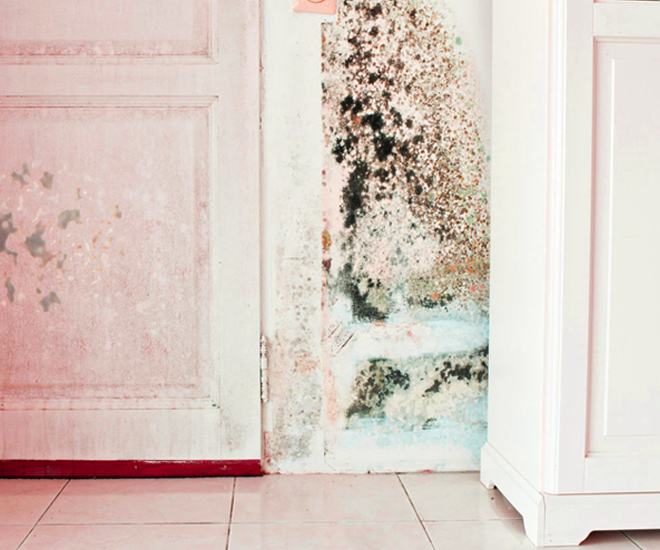Comprehensive Post Mold Remediation Procedures
Wiki Article
Secret Steps for Successful Post Mold And Mildew Removal
Efficiently completing mold and mildew remediation is a diverse process that needs interest to information and adherence to particular methods. These steps not just validate the success of the remediation initiatives but likewise add to avoiding future mold and mildew growth.Assessment of Treated Locations
Upon completion of the mold and mildew removal process, a detailed evaluation of the dealt with locations is crucial to ensure the efficiency of the removal initiatives. This inspection acts as an essential action in the post-remediation phase to confirm that the mold and mildew removal and cleanup procedures were effective in removing the mold invasion and bring back a secure interior environment. The evaluation must be performed by certified professionals who have the competence to examine the remediated locations diligently.These include aesthetic evaluations to check for any kind of indications of mold development or water damage, dampness levels to confirm that the location is dry and free of excess moisture that might advertise mold re-growth, and air quality screening to guarantee that the indoor air is risk-free to breathe. Furthermore, the examination might include making use of specialized devices such as dampness meters and thermal imaging cams to find hidden mold and mildew or dampness pockets that can lead to future mold issues if left untreated.

Dampness Control Actions
Effective moisture control steps are necessary for protecting against mold and mildew development and maintaining a healthy interior atmosphere. To accomplish this, it is critical to resolve resources of dampness within the structure. Correct air flow is vital to regulating moisture degrees. Setting up exhaust fans in cooking areas and shower rooms can help eliminate excess wetness. Additionally, making use of dehumidifiers in wet areas can aid decrease humidity degrees, making it harder for mold to flourish.Regularly preserving the building and inspecting's exterior can also protect against dampness invasion. Post Mold remediation cleaning. Making sure that rain gutters are clear, downspouts direct water away from the foundation, and the roofing is in excellent problem can aid prevent water from seeping into the building. Effectively sealing doors and windows can likewise aid keep dampness out
Any type of spills or leakages should be cleaned up and dried within 24-48 hours to stop mold growth. By implementing these dampness control steps, the risk of mold and mildew returning can be significantly decreased, producing a healthier interior atmosphere.
Correct Air Flow Analysis
An indispensable element of ensuring a healthy and balanced indoor setting message mold and mildew remediation is performing a complete assessment of the air flow system. Proper air flow assessment plays a vital role in protecting against future mold development and maintaining air high quality within the affected area.In addition, evaluating the air flow system includes taking a look at the distribution of air throughout the area to recognize any areas of inadequate circulation where wetness and contaminants might collect. Proper ventilation not just aids in controlling moisture degrees but likewise help in removing airborne mold spores and various other toxins, thereby improving total interior air quality. By dealing with any kind of air flow issues post mold removal, residential or commercial property proprietors can develop a much healthier and more comfortable environment for residents while minimizing the threat of mold and mildew re-infestation.
Cleansing and Sanitation Protocols
To guarantee extensive mold remediation, careful adherence to details cleansing and sanitation methods is important. Cleaning up and disinfection procedures play a crucial function in the post-mold removal stage to protect against the reappearance of mold growth and ensure a safe and healthy environment. The primary step in this procedure is the elimination of any type of visible mold growth using ideal cleaner and strategies. It is essential to use EPA-approved fungicides and anti-bacterials to properly remove mold and mildew spores and avoid their regrowth.Additionally, implementing preventative measures such as using mold and mildew preventions and keeping proper air flow can help reduce the danger of future mold and mildew problems. By adhering to rigorous cleansing and sanitation procedures, home proprietors can guarantee the successful obliteration of mold and produce a healthy and balanced interior atmosphere for occupants.
Monitoring and Upkeep Strategy
Carrying out a regular tracking and upkeep strategy is essential for ensuring the lasting effectiveness of mold remediation initiatives. As soon as mold and mildew remediation is completed, it is vital to develop a monitoring routine to review the success of the remediation procedure. This includes consistently examining the previously affected areas for any type of signs of mold After mold remediation reoccurrence or water damages. By performing routine checks, any type of new mold and mildew growth can be quickly recognized and addressed, stopping a reoccurrence of the first issue.Furthermore, establishing an upkeep plan is crucial to stop future mold and mildew problems. This plan may consist of actions such as dealing with plumbing leaks, improving air flow, and managing interior humidity levels. Routine upkeep not just helps in avoiding mold and mildew yet additionally adds to preserving a healthy indoor environment. It is a good idea to document all monitoring and upkeep activities to track development and make certain uniformity in the upkeep of the remediated locations. By applying a detailed surveillance and maintenance plan, the danger of mold re-emergence can be considerably lowered, promoting a clean and risk-free living or functioning atmosphere.
Conclusion
In verdict, effective post mold and mildew removal involves detailed inspection of dealt with locations, application of wetness control procedures, assessment of proper air flow, adherence to cleaning and sanitation methods, and establishment of a tracking and upkeep strategy. These vital actions are important to ensure that mold and mildew development is efficiently gotten rid of and avoided from repeating in the future. By adhering to these standards, homeowner can maintain a healthy and risk-free atmosphere for occupants.Upon conclusion of the mold and mildew remediation process, a thorough examination of the treated locations is necessary to guarantee the effectiveness of the removal initiatives. These include aesthetic evaluations to examine for any type of indicators of mold development or water damage, dampness levels to verify that the location is totally free and completely dry of excess humidity that might advertise mold re-growth, and air high quality screening to guarantee that the interior air is safe to breathe. In addition, the inspection might entail using specialized devices such as dampness meters and thermal imaging video cameras to identify hidden mold or dampness pockets that could lead to future mold issues if left uncontrolled. By addressing any type of air flow concerns post mold removal, property owners can produce a much healthier and extra comfortable atmosphere for passengers while lowering the risk of mold re-infestation.

Report this wiki page